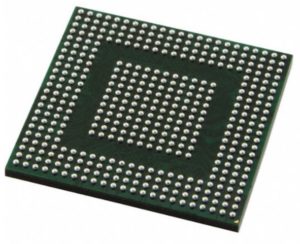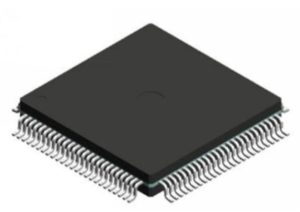QFP and BGA Assembly

BGA package is treated as an advanced assembly technology because with BGA assembly, you can have small packages for integrated circuits with many pins (for example a hundred). This could incorporate additional functions and still use less space. Second, the BGA package provides great heat conduction and electrical performance. Third, it has better solderability, which results in a better yield in manufacturing. As a result of these benefits, the use of BGA assembly is seen in medical industries, the LED industry, military, wireless and telecommunications, satellite, aerospace, etc.
There are two main disadvantages when it comes to BGA packages: the inspection process, and reliability issues. The inspection process is very difficult because the solder balls are underneath the chips and traditional inspection cannot tell whether cavities or defects are present in the soldering joints. Professional equipment is needed for inspection, such as an X-ray machine. BGA becomes unreliable due to the continuous heating and shrinking of the board or its components as caused by the normal heating cycle of the board.

A QFP is a surface-mounted IC (integrated circuit) package having “gull-wing” like leads extending on either side of their four edges. Generally, these packages are extensively utilized by very large-scale and large-scale ICs. The number of pins utilized in this technology is more than one hundred, making it efficient. QFP technology smoothens IC operations. It also makes these packages reliable when it comes to packaging the central processing unit (CPU).
